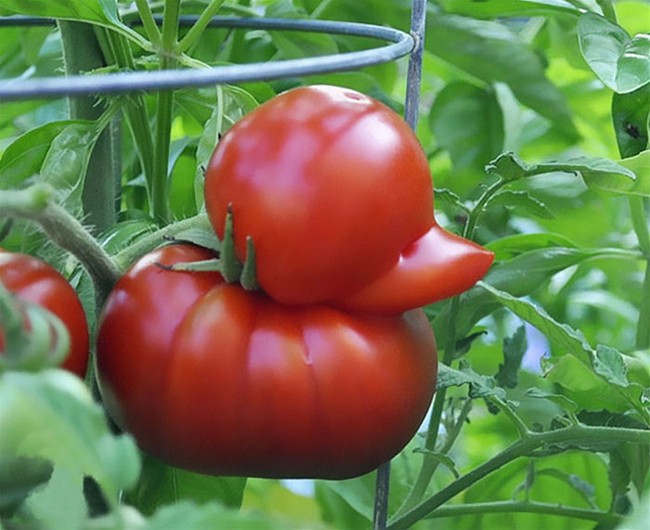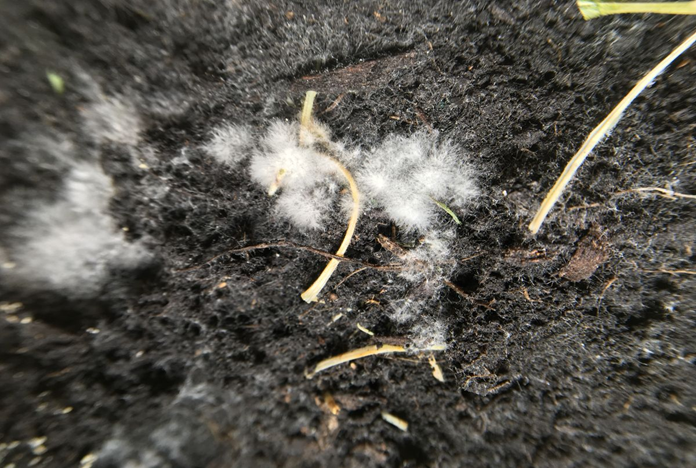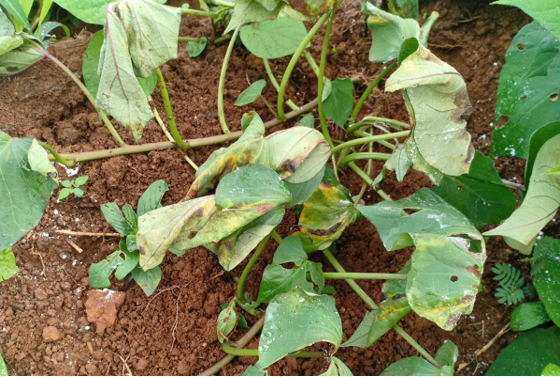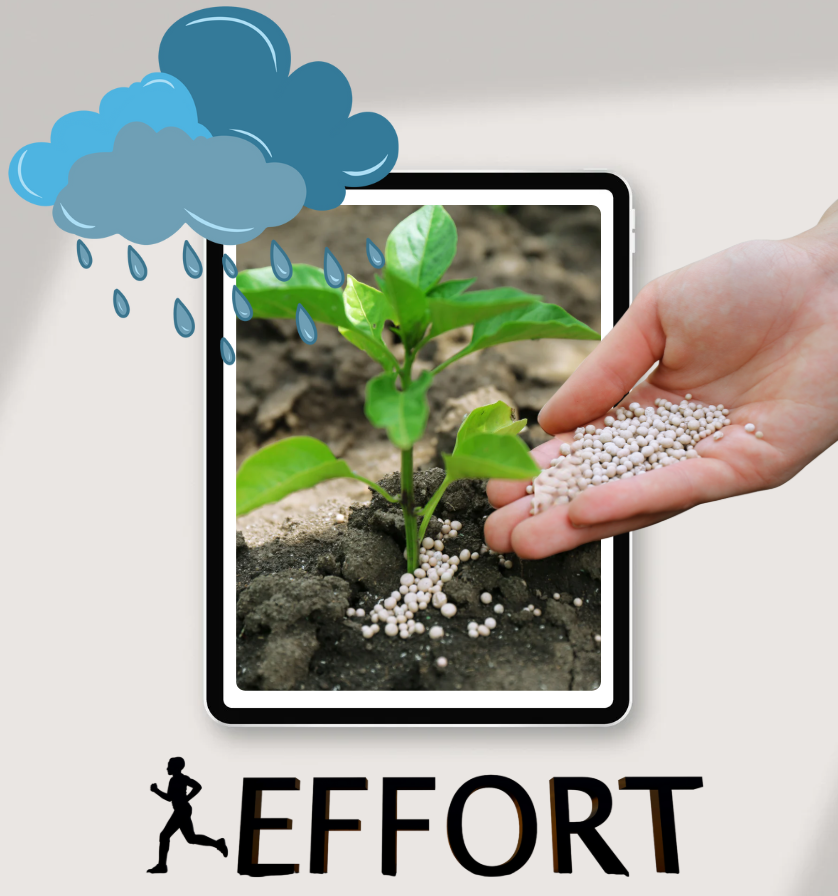
5 Warning Signs Your Soil Might Be Infected
Recognizing the 5 early signs of soil infection helps you take timely action, protect your crops, and boost yields. Learn to spot the signs before serious damage occurs!
Table of Contents
- Why Early Detection of Soil Infection Is Crucial
- 5 Typical Warning Signs of Soil Infection
- 2.1. Plants grow slowly and appear stunted despite good care
- 2.2. Roots are rotten, brittle, or show abnormal discoloration
- 2.3. Appearance of white, yellow, or black mold patches in soil
- 2.4. Soil emits a heavy, sour, or foul smell
- 2.5. Soil pests like nematodes and pathogenic fungi explode
- What to Do When You Detect Soil Infection
- Conclusion
1. Why Early Detection of Soil Infection Is Crucial
Infected soil can cause:
- Severe reduction in crop yields
- Disruption of the soil ecosystem (decrease in beneficial microbes)
- Increased costs for plant protection products and care, with poor results
- Rapid disease spread if not properly contained
👉 Early detection and timely intervention are key to protecting your harvest and maintaining long-term soil health.
2. 5 Typical Warning Signs of Soil Infection
2.1. Plants Grow Slowly and Appear Stunted Despite Good Care

- Plants grow slowly, with small, pale leaves and few or malformed fruits
- Fertilization and irrigation seem ineffective
- Seedlings often die off en masse a few days after planting
📌 This is an early sign that roots are damaged by fungi, bacteria, or nematodes in the soil.
2.2. Roots Are Rotten, Brittle, or Show Abnormal Discoloration

- When uprooted, roots appear soft, dark brown or blackened
- Root tips are frayed, with few or no fine roots
- Roots may easily break apart or show unusual swellings (signs of nematode infection)
📌 Common pathogens causing root rot: Fusarium spp., Pythium spp., Phytophthora spp.
2.3. Appearance of White, Yellow, or Black Mold Patches in Soil

- Visible discolorations on soil surface or in topsoil layers
- White mold often indicates fungal disease development
- Black or yellow mold can signal infections by Fusarium, Aspergillus, or harmful soil fungi
📌 Mold growth indicates microbial imbalance and proliferation of soil pathogens.
2.4. Soil Emits a Heavy, Sour, or Foul Smell

- Soil smells sour, rotten, or moldy when dug up
- Healthy soil should smell fresh and earthy
- Foul odors usually result from the growth of anaerobic pathogens (e.g., Pythium, Phytophthora)
📌 A foul smell suggests low oxygen levels, favoring root rot diseases and plant death.
2.5. Soil Pests Like Nematodes and Pathogenic Fungi Explode

- Nematodes cause root swellings, stunting plant growth
- Soil fungi cause wilt, yellowing, and plant death across patches
- Pest outbreaks escalate quickly after rains or during prolonged humidity
📌 A sudden outbreak of soil pests strongly indicates disruption of the soil’s microbial balance.
3. What to Do When You Detect Soil Infection

When you notice signs of soil infection, immediately:
- Survey the affected area carefully (consider sending soil samples for lab testing)
- Suspend planting if infection levels are high
- Apply appropriate soil treatments:
- Physical methods: soil steaming, soil solarization
- Chemical methods: lime application, soil treatment products
- Biological methods: supplement with beneficial microbes
- Rotate crops to break pest and pathogen life cycles
- Rehabilitate soil health with organic matter and beneficial microorganisms
4. Conclusion
Recognizing the 5 warning signs of soil infection early helps farmers respond proactively, minimize financial losses, and protect long-term soil health. Healthy soil forms the solid foundation for sustainable agriculture.
👉 Don't wait until plants die off to act. Regularly inspect and care for your soil just as you care for your crops!
Bình luận
Những bình luận mới nhất



